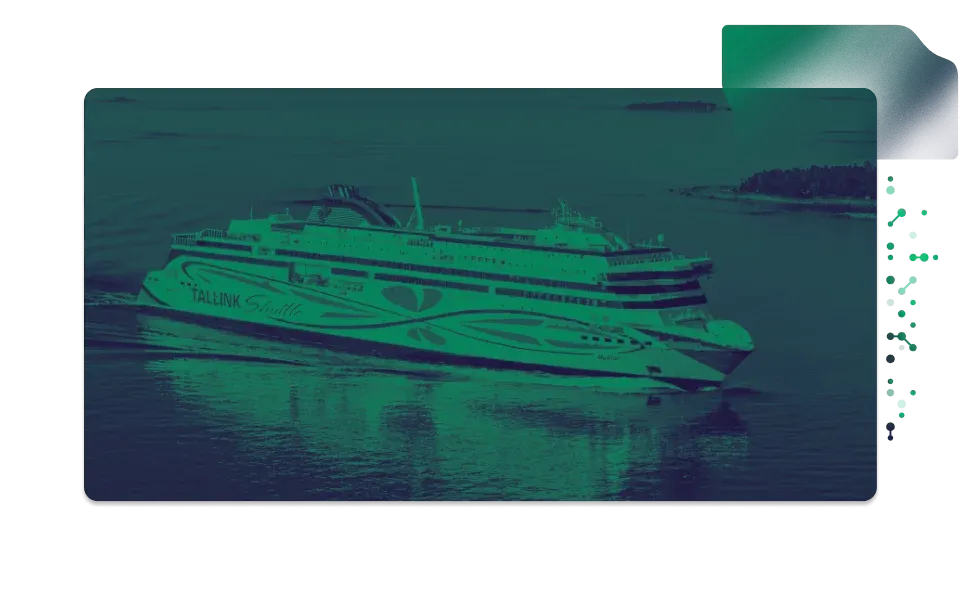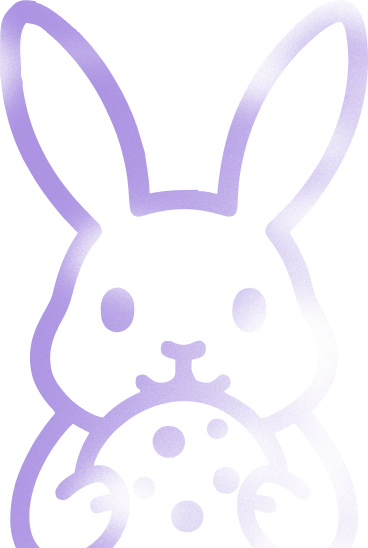Redesigning Services
A Personalized Solution for Loyal Customers

International Project
Our client was AS Tallink Grupp, the largest and most successful passenger shipping company in the Baltic Sea, serving over 9 million passengers annually. The company provides passenger and freight transport under the Tallink and Silja Line brands. The Club One bonus program is in use in Finland, Sweden, and Estonia.
Club One is Tallink Silja's loyalty program with 2.7 million members. The new bonus trip finder helps Club One members find the best travel deals for their accumulated points.
Our work was highlighted in the best e-service category at the Grand One 2020 competition. This is very important recognition for us, as it values our primary pursuit - to create better and more user-friendly service environments.
About the Project
The project's goal was to activate customers who don't use their bonus points and provide them with a simple opportunity to see all travel offers they can purchase with bonus points. Additionally, it was essential to develop a personalized solution that shows the right offers at the right time and in the right communication channels – email, web and mobile app, etc.
In this project, our UX designers were involved in all project stages – from project idea to launch, allowing us to design our process to achieve the best possible result. We adopted an agile mindset to launch the MVP as quickly as possible, which helped us test whether the service holds up. Based on this, we could decide what to change, what to drop, and what to add to the service during the work.
We mapped the business needs country by country - Finland, Sweden, Estonia. The Club One bonus program is used differently in different countries, leading to different business needs that had to be developed into the final product. We used various methods to understand the needs of Tallink Silja customers and find solutions to business needs.
Project Stages
- User interviews - We interviewed Club One customers on Tallink Silja ships and mapped their needs. It was important to find customers from different age groups and Club One levels to map as many perspectives as possible.
- Analysis of call center digital conversation logs - A lot of Tallink Silja feedback goes through chat, which gave us the opportunity to search for information based on important keywords. Such mapping provided much qualitative input to our further work.
- Data analysis - Tallink Silja gave us access to many reports and summaries of customer behavior. Analyzing such data gave context to our qualitative study and enriched the picture of needs and potential solutions.
- International surveys - To gather a broader picture and user opinions, we developed surveys used internationally. Using surveys provided us with both qualitative information and quantitative data to support our hypotheses.
- Prototyping and usability testing - The bonus trip finder project was special for us because we did prototyping with elementary design elements. Tallink Silja had just finished a fresh brand, which we were quickly able to integrate into the prototype. This allowed us to test new design directions on new digital services and test them immediately on users. Usability testing was mainly conducted at the Tallinn harbor B-terminal and partly on board ships during different trips. It was important for us to be able to test Tallink Silja customers in the context of the service. This approach allowed us to see firsthand how customers use Tallink's services and what they think of them.
- Supporting development during the process - In our projects, we aim to support developers so that the entire developed concept can be translated into technical language as well as possible and that we can react quickly if there is a need to make additions to the concept.
Results were measured based on how many Club One customers traveled year by year and the turnover they brought to the company.
- Thanks to the application, the number of trips purchased with bonus points has increased by 27%
- Turnover from bonus trips has increased by 12%
- User feedback based on surveys has been 4.2
- The increase in bonus points usage activity is 15%.

